Cycling offers an incredible way to experience new places at the perfect pace—fast enough to cover significant ground yet slow enough to absorb the surroundings in ways impossible from a car or train window. The combination of physical activity, cultural immersion, and flexibility makes bicycle travel one of the most rewarding ways to explore unfamiliar territory. Anyone who has pedaled through a small village at sunrise or coasted down a scenic mountain road understands the unique joy of experiencing the world on two wheels.
Here are 20 practical tips for making cycling adventures more enjoyable, safer, and memorable when exploring new destinations.
Rent Before You Buy

Taking your bike on planes is costly and inconvenient. Most places have great rental facilities with good-quality bikes for a fraction of airline bike transport charges.
Local bike shops usually have machines perfectly adapted to the local terrain you’ll be riding on in the area.
Research Local Routes

Instead of going it alone, take the time to research established routes prior to arrival. Popular cycling routes generally have well-mapped routes with details on difficulty, scenery, and highlights.
Cycling apps like Komoot, Strava, and Ride With GPS feature thousands of community-created routes with useful information and photos.
Like Travel Pug’s content? Follow us on MSN.
Pack Multi-Purpose Gear
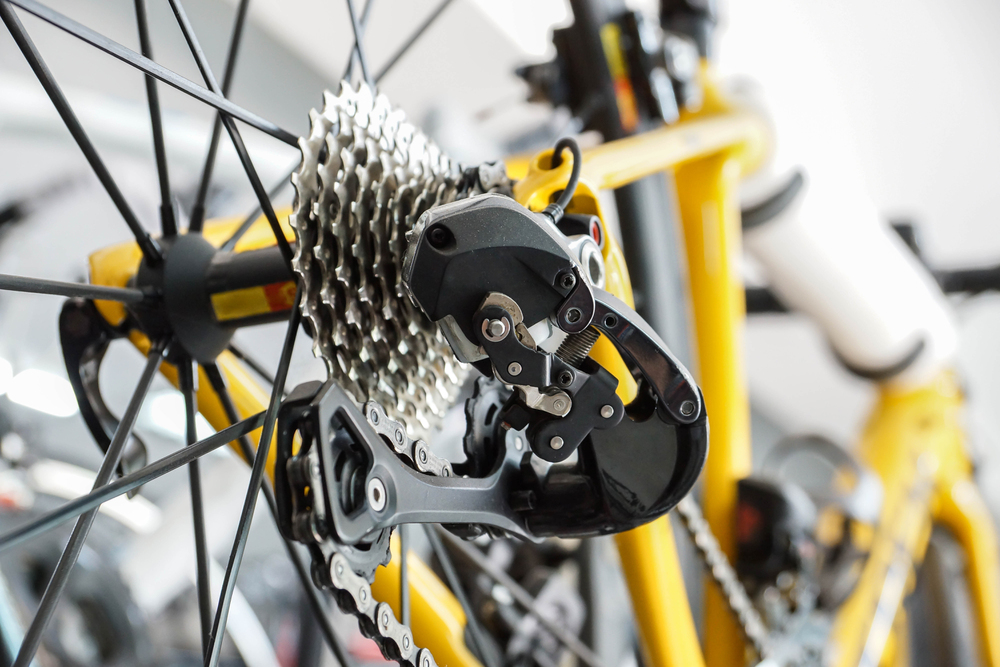
Choose clothing that can be used multiple times to reduce what you pack. A water-resistant, lightweight jacket can be rain gear, a windbreaker, and a cool morning layer.
Quick-drying, odor-resistant technical fabrics will improve your travel experience when washing facilities are unavailable.
Learn Basic Repair Skills

Get familiar with basic maintenance procedures such as changing a flat tire, brake adjustment, and chain realignment. These basic skills can turn an expedition-ending mechanical issue into a short delay.
A 30-minute video tutorial class before your trip could save hours of frustration in a remote area where bike shops are not readily available.
Install Navigation Apps
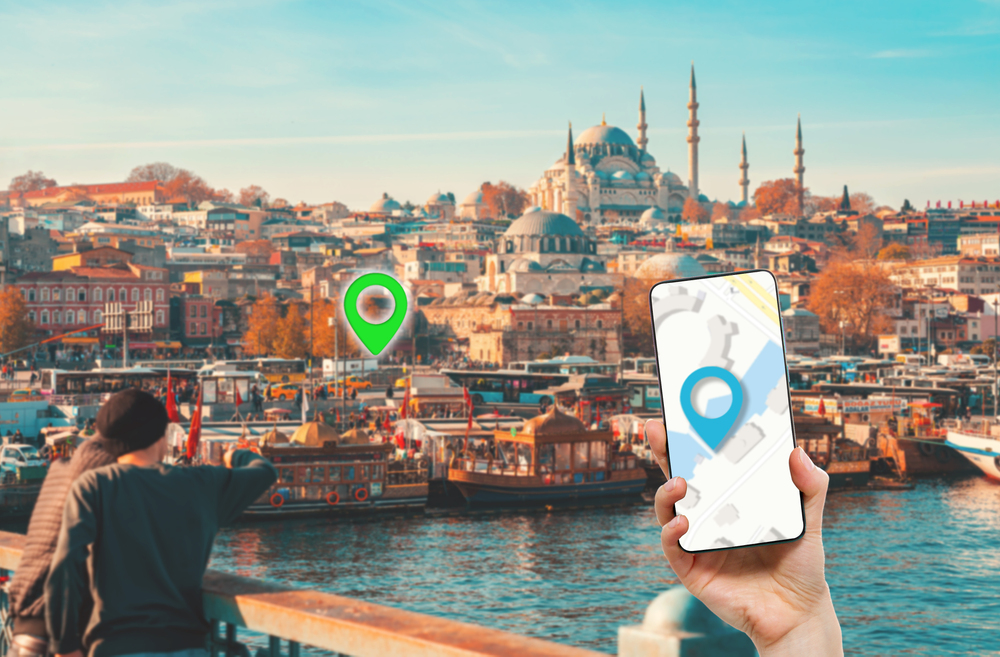
Download offline maps and cycling navigation apps before leaving. Apps such as Maps.me, Google Maps offline mode, and cycling-specific GPS platforms enable navigation independent of cellular data or network service.
These applications are a godsend while riding in rural areas or foreign countries where you lack language proficiency.
Like Travel Pug’s content? Follow us on MSN.
Connect With Local Cyclists

Connect with cyclists in your destination via social media groups or online cycling forums. Locals have the insider information that no guidebook can provide, from where the best coffee is to hidden vantage points and roads with the best-paved surfaces.
These contacts usually result in spontaneous group rides and lifelong friendships.
Pack Smart Snacks
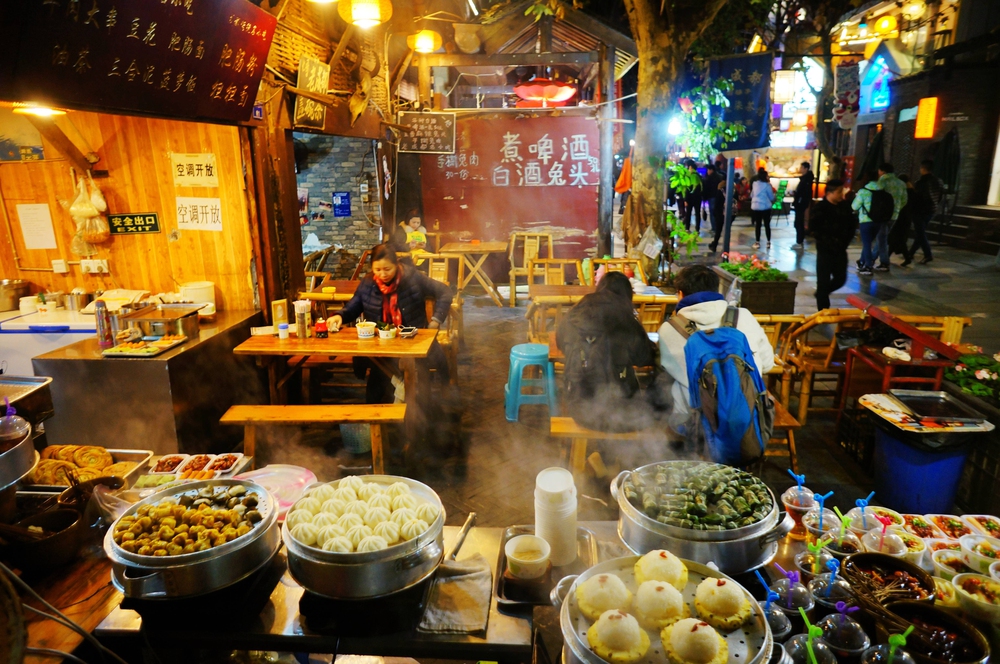
Take energy-rich, non-perishable snacks that yield long-lasting energy on long rides. Nuts, dried fruit, energy bars, and nut butters all have good calorie-to-weight ratios and ward off the dreaded ‘bonk’ when riding far from food.
The correct snacks save you from emergency stops and let you appreciate distant terrain without concern for the next meal.
Secure Your Bicycle
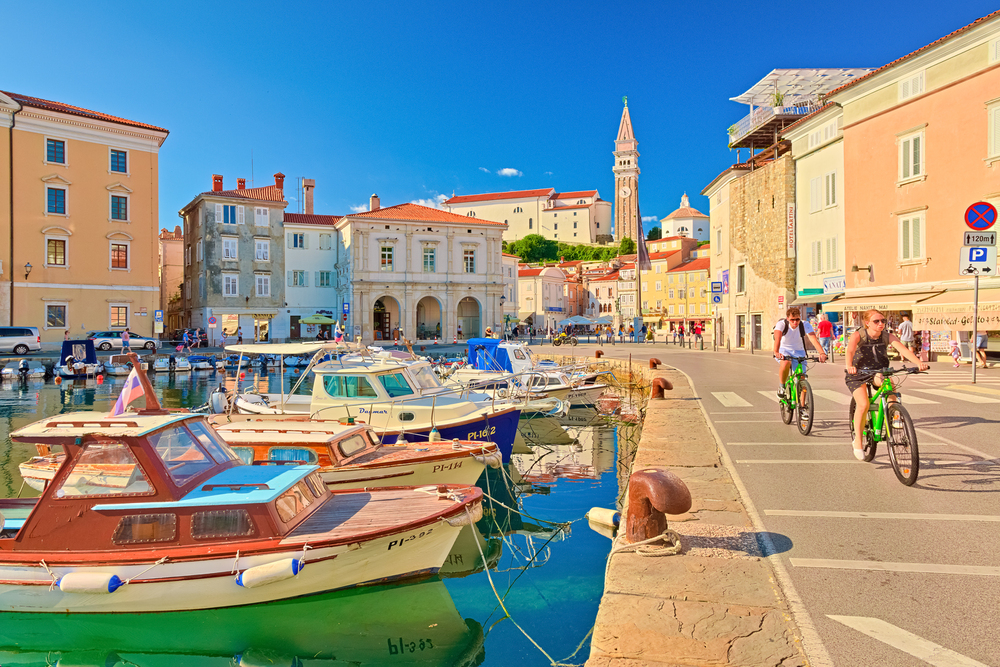
Invest in a good lock system and establish regular security routines. Lock your bike even when just stopping, and in more crime-prone locations, take off easily removable items such as lights and computers.
A few travelers take light cable locks with them and lock their bikes to hotel room equipment at night for added security.
Like Travel Pug’s content? Follow us on MSN.
Consider Electric Assistance

E-bikes have transformed travel cycling by opening up hilly areas to more cyclists. Pedal assist enables you to travel farther with less fatigue and enjoy tough terrain without fatigue.
Contemporary e-bikes provide impressive range and can be charged overnight at lodgings, ready for the next day’s ride.
Dress For Visibility

Wear bright colors and reflective elements, especially when sharing roads with vehicles. Local drivers may not expect cyclists, making visibility your first line of defense.
A neon windbreaker or reflective ankle bands create movement patterns that catch drivers’ attention even in low-light or high traffic conditions.
Respect Local Rules

Learn the cycling laws and cultural expectations of your destination before arriving. Some countries require specific safety equipment, have unique right-of-way rules, or prohibit cycling on certain roads.
Understanding these regulations prevents unwelcome encounters with local authorities and demonstrates respect for the places you visit.
Like Travel Pug’s content? Follow us on MSN.
Start Early

Begin your rides in the early morning to avoid midday heat, traffic congestion, and crowds at popular destinations. Dawn rides often provide the most magical experiences—misty landscapes, wildlife sightings, and serene moments at normally busy viewpoints.
The soft morning light also creates perfect conditions for photography.
Book Cycle-Friendly Accommodations

Select lodging that explicitly welcomes cyclists with amenities like secure bike storage, repair tools, and washing facilities. Many regions with popular cycling routes have hotels, hostels, and guesthouses catering specifically to bicycle travelers.
These establishments often provide valuable local route information and connect you with other cycling enthusiasts.
Carry Identification

Always keep identification, emergency contact information, and medical details with you. A simple card in your wallet or information stored in your phone can prove crucial if accidents occur.
Some cyclists wear identification bracelets with essential medical information and emergency contacts engraved for first responders.
Like Travel Pug’s content? Follow us on MSN.
Adapt To Local Traffic Patterns
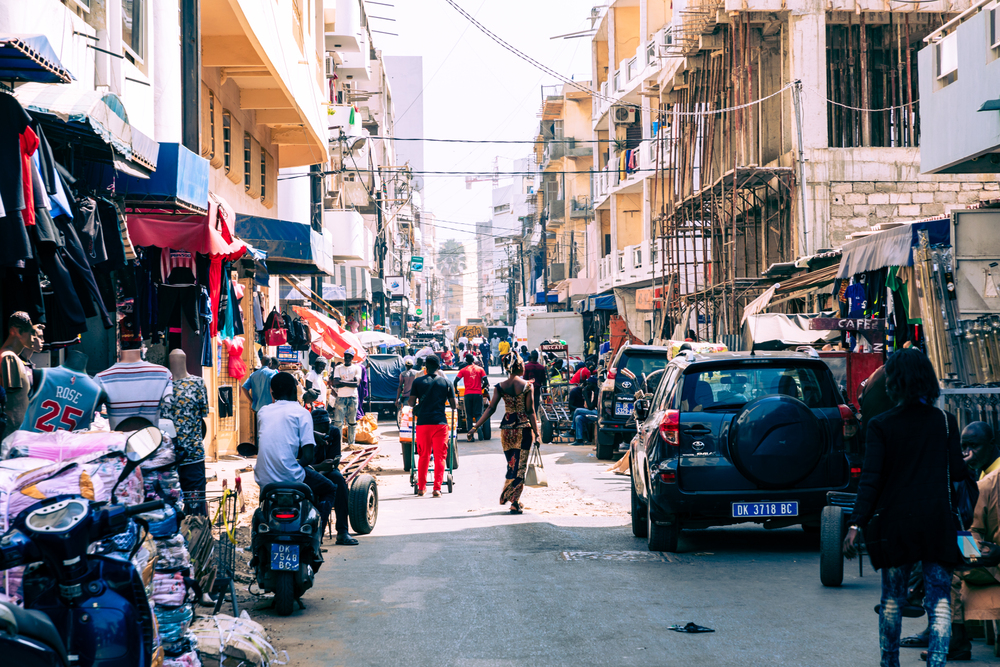
Observe how local cyclists navigate traffic before diving in yourself. Traffic flows differently across cultures, and following established patterns helps you blend in smoothly.
In some places, cyclists assert themselves differently, use unique hand signals, or follow unwritten rules that aren’t in any guidebook.
Schedule Rest Days

Build deliberate non-cycling days into your itinerary for recovery and deeper exploration. These breaks prevent physical burnout and allow time to experience cultural sites, museums, or culinary adventures that deserve full attention.
A thoughtful rhythm of cycling and rest days creates a more balanced and enjoyable travel experience.
Bring Weather Protection

Prepare for unexpected weather changes with compact rain gear and layering options. Mountain regions can experience dramatic temperature shifts within a single ride.
A lightweight rain jacket, arm warmers, and a cycling cap take minimal space but tremendously impact comfort when conditions change suddenly.
Like Travel Pug’s content? Follow us on MSN.
Document Your Journey

Create a simple system for capturing your experiences beyond just photographs. Voice notes, short journal entries, or even collecting small mementos help preserve memories that photos alone might miss.
The sensory details of cycling travel—smells, sounds, feelings—fade quickly without documentation.
Learn Key Phrases

Memorize bicycle-specific vocabulary in the local language to handle emergencies or seek assistance. Knowing how to say ‘flat tire,’ ‘water,’ ‘bicycle repair,’ and ‘how far to the next town’ can prove invaluable in remote areas.
These practical phrases demonstrate respect for the local culture and facilitate meaningful interactions.
Stay Flexible
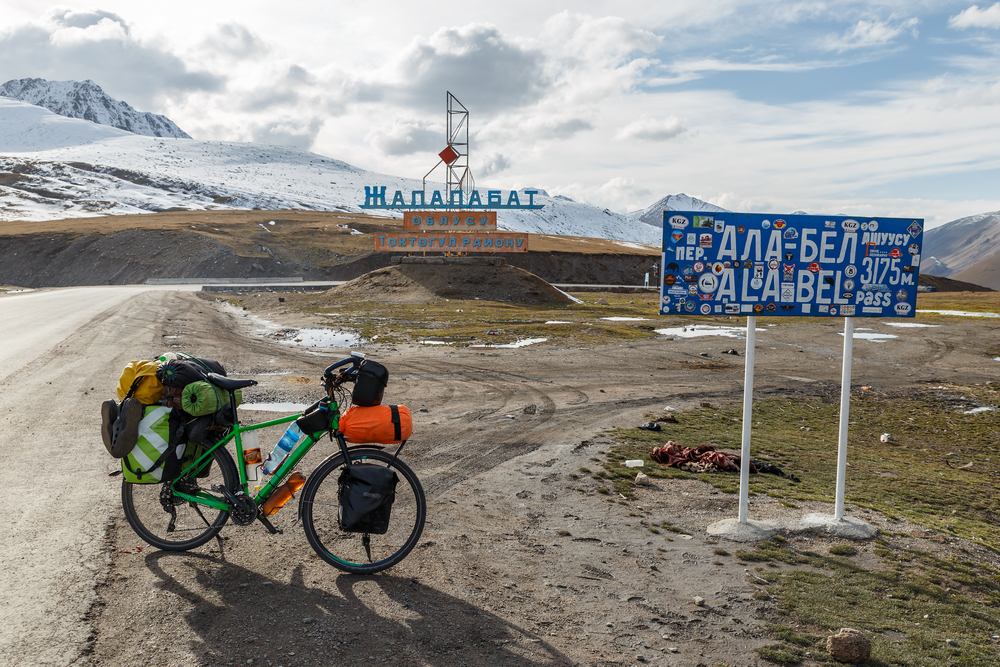
Maintain an adaptable mindset when unexpected challenges arise, from weather changes to road closures. Some of the most memorable travel experiences come from unplanned detours or spontaneous decisions to explore an intriguing side road.
Building buffer time into your itinerary allows for these serendipitous moments without creating stress.
Like Travel Pug’s content? Follow us on MSN.
Wheels Down, Memories Up
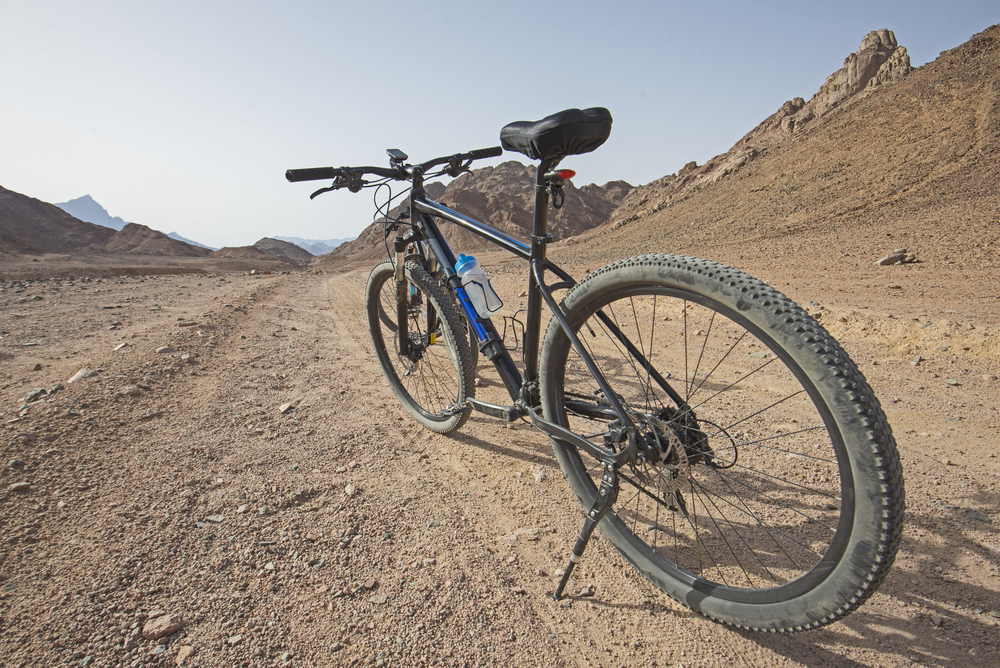
The evolution of bicycle travel has transformed from a niche adventure pursuit to a mainstream vacation option embraced by people of all ages and abilities. What began as primarily a hardcore touring activity has broadened into a spectrum of experiences, from supported luxury cycling holidays to rugged bikepacking expeditions.
The humble bicycle continues to prove itself as perhaps the perfect travel tool—fast enough to cover meaningful distance, slow enough to experience places truly, and intimate enough to connect with people along the way in authentic interactions rarely possible from behind a car window.
More from Travel Pug

- Cities Growing so Fast You Won’t Recognize Them in 10 Years
- 13 Destinations Where Tourists Regularly Regret Their Trip
- 16 U.S. Cities That Are Quietly Becoming Travel Hotspots
- Where to Travel If You Love Long Bus Rides and Daydreams
- 20 Cities Perfect for Solo Travelers Who Crave Adventure & Culture
Like Travel Pug’s content? Follow us on MSN.
